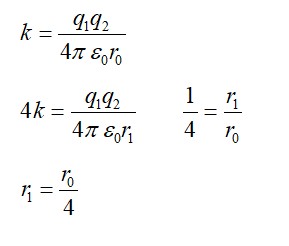13.27 Consider the fission of
by fast neutrons. In one fission event, no neutrons are emitted and the final end products, after the beta decay of the primary fragments, are
and
. Calculate Q for this fission process. The relevant atomic and particle masses are
m(
=238.05079 u
m(
) =139.90543 u
m(
= 98.90594 u
13.27 Consider the fission of by fast neutrons. In one fission event, no neutrons are emitted and the final end products, after the beta decay of the primary fragments, are and . Calculate Q for this fission process. The relevant atomic and particle masses are
m( =238.05079 u
m( ) =139.90543 u
m( = 98.90594 u
-
1 Answer
-
13.27 In the fission of , 10 particles decay from the parent nucleus. The nuclear reaction can be written as:
It is given that:
Mass of a = 238.05079 u
Mass of a =139.90543 u
Mass of a = 98.90594 u
Mass of a neutron , = 1.00865 u
Q value of the above equation,
Q =
Where
m’ = represents the corresponding atomic masses of the nuclei.
=
m’( =
m’( =
m’(
Substituting these values, we get
Q =
=
= u
=0.24807 u
= 231.077 MeV
Similar Questions for you
Q = [4 *4.0026 – 15.9994] *931.5 MeV
Q = 10.2 MeV
Taking an Exam? Selecting a College?
Get authentic answers from experts, students and alumni that you won't find anywhere else
Sign Up on ShikshaOn Shiksha, get access to
- 65k Colleges
- 1.2k Exams
- 679k Reviews
- 1800k Answers


